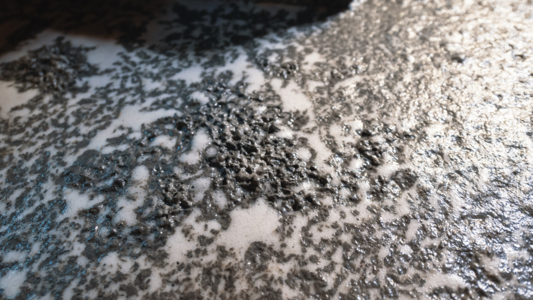The Cu-Pb-Zn separation process is among the most challenging flotation separations primarily because the first step must entail bulk flotation of the two most readily floatable minerals with these two minerals separated in a differential flotation stage.
In this case, as a general rule because both copper and lead minerals tend to float well, these are usually the target bulk flotation minerals. Therefore, the standard Cu-Pb-Zn flotation practice involves an initial flotation of a Cu-Pb bulk concentrate followed by two parallel circuit stages of copper-lead separation and separate zinc flotation from the bulk flotation tails.
As described in the lead-zinc ore processing section, zinc sulphate and metabisulphide sphalerite and pyrite depressants, respectively, are typically added to grinding. Then a Cu-Pb bulk concentrate is recovered with xanthate, dithiophosphate and flotation reagent blends. Collector selection in the bulk flotation step must consider impact on the subsequent Cu-Pb separation stage where a stronger collector may not be well tolerated. Generally the lead mineral, typically galena, readily floats.
Most often the copper minerals are floated after a galena depression. Galena is depressed using sodium dichromate, sodium sulfite, polysaccharide (starch, dextrin) or even CMC. Addition rates of these depressants can be critical if any recirculating load is returned to the bulk rougher circuit. This flotation step is conducted at alkaline pH. In the case where galena is floated and the copper minerals are depressed, copper depression can be achieved by using sodium sulphide, hydrosulfite, lime, cyanide, zinc-cyanide and/or ferricyanide complexes.
Selection of flotation reagents and frothers is an important, even critical, consideration. The mineralogy, circuit configuration and process step goals must be accounted when selecting the flotation reagents.

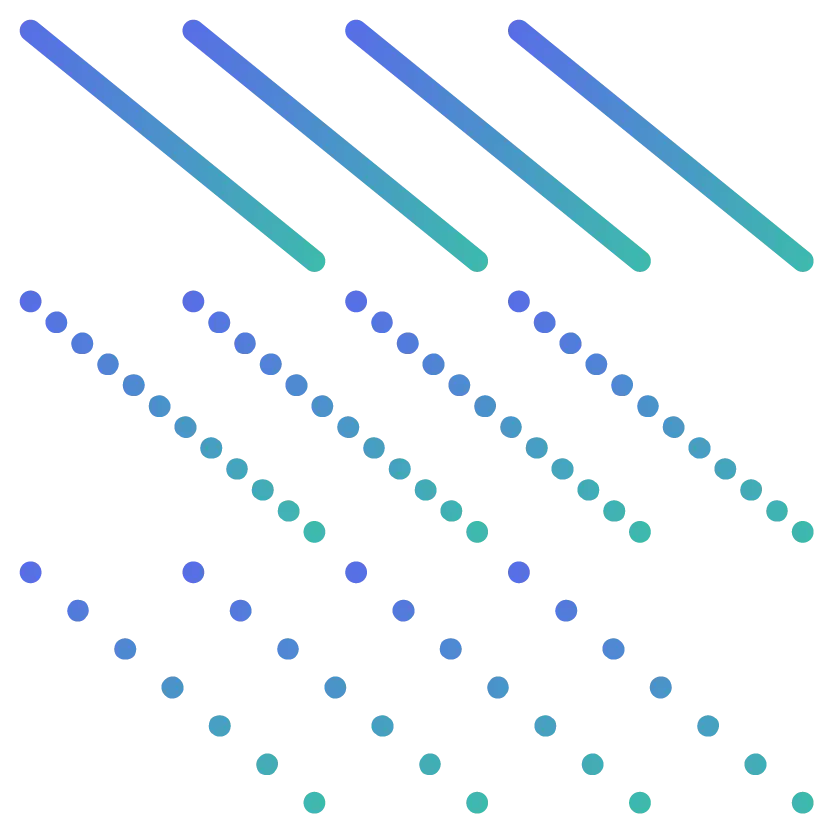
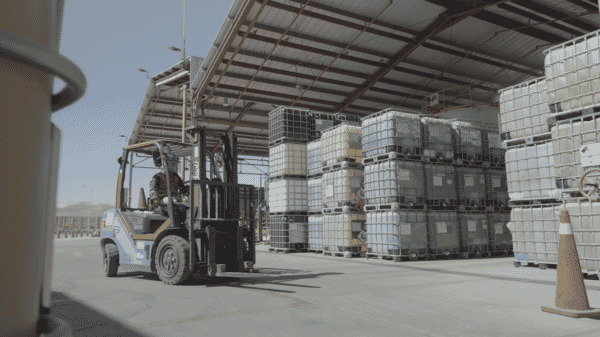
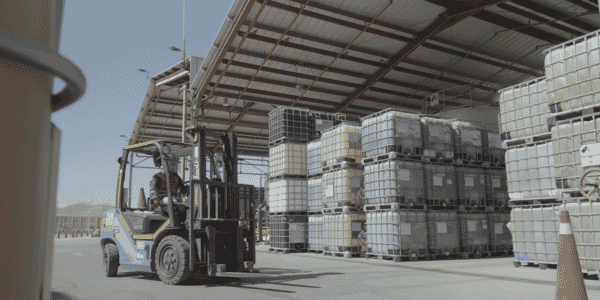

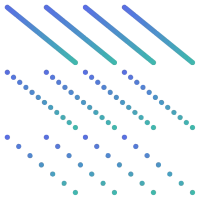



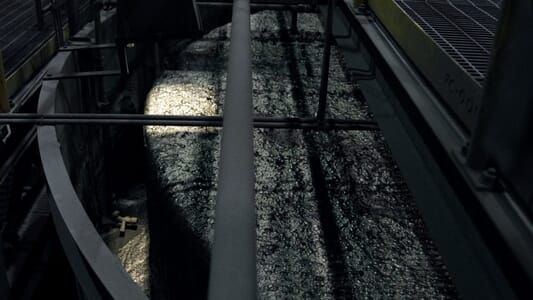

.png?h=300)

